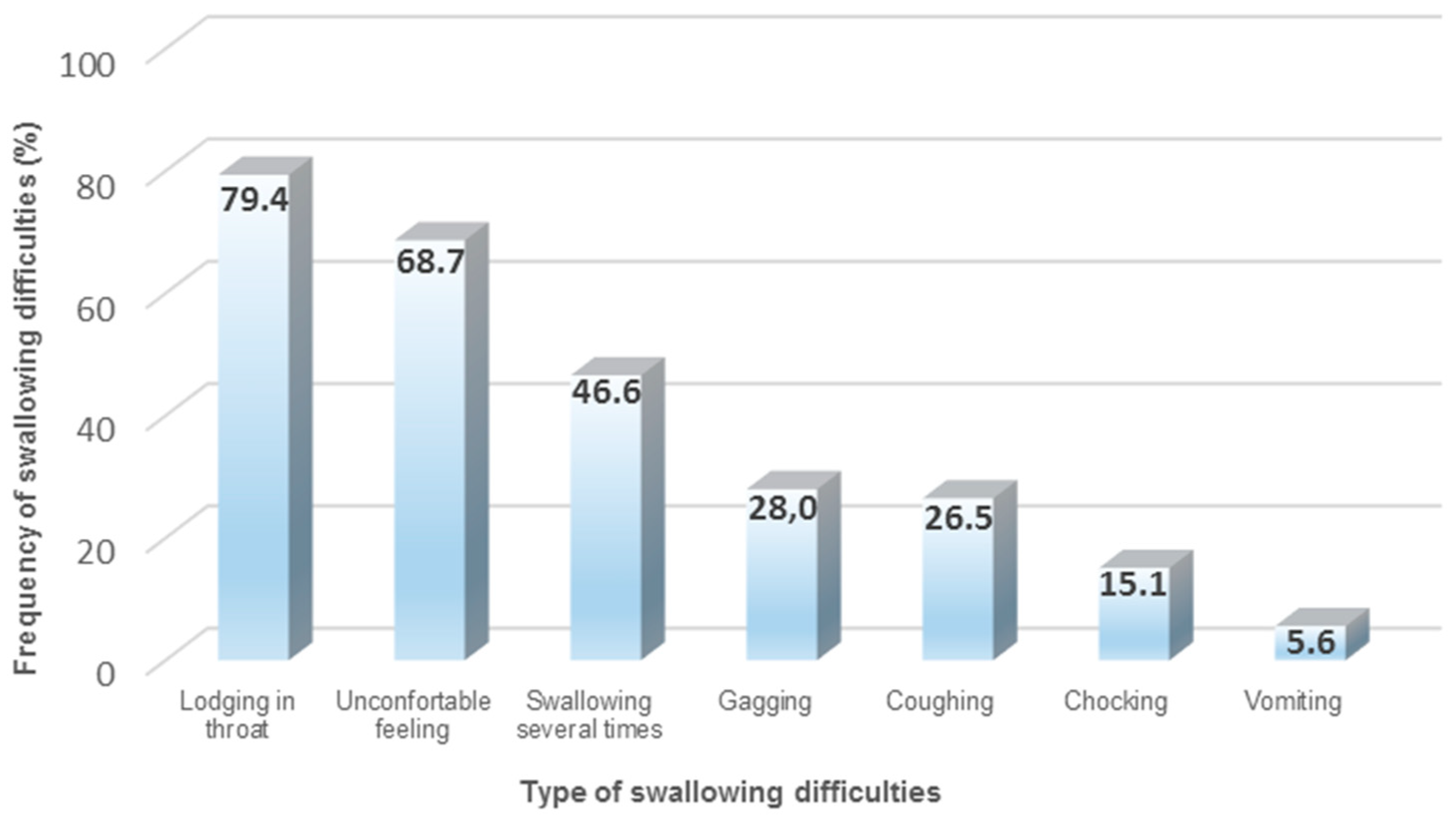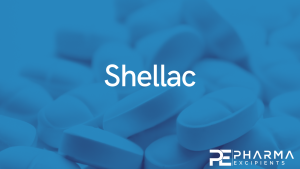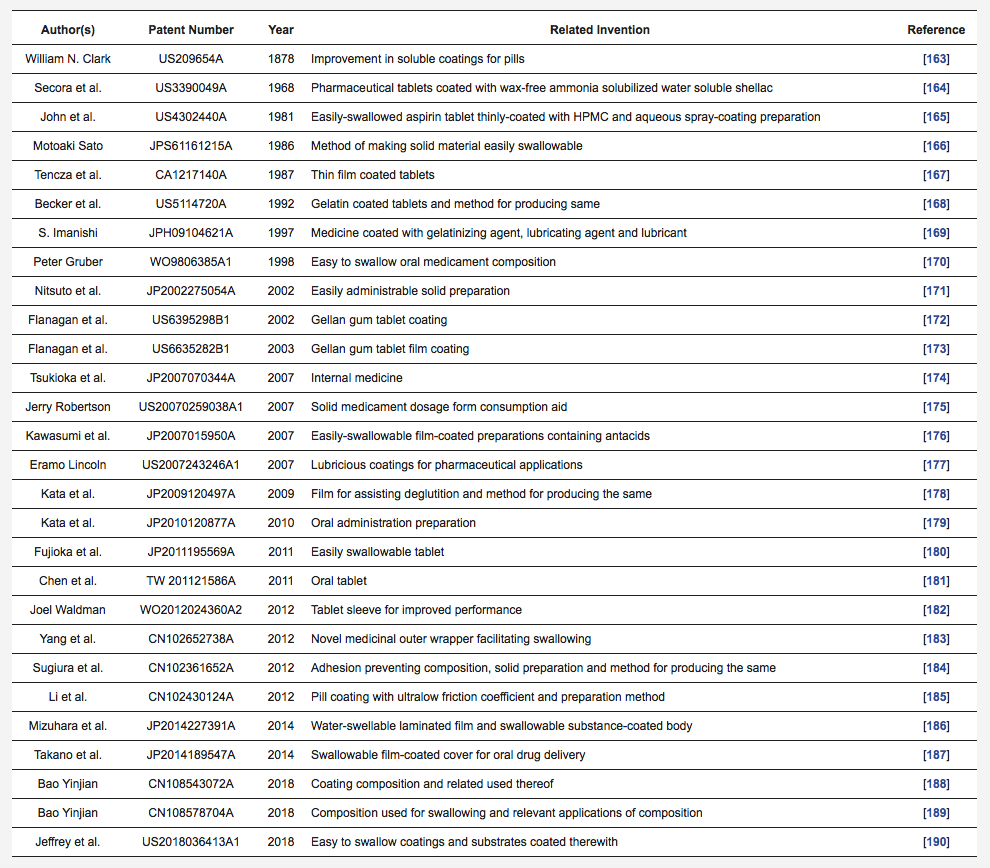Better Medicines for Older Patients: Considerations between Patient Characteristics and Solid Oral Dosage Form Designs to Improve Swallowing Experience

Oral drug administration provided as solid oral dosage forms (SODF) remains the major route of drug therapy in primary and secondary care. There is clear evidence for a growing number of clinically relevant swallowing issues (e.g., dysphagia) in the older patient population, especially when considering the multimorbid, frail, and polymedicated patients. Swallowing impairments have a negative impact on SODF administration, which leads to poor adherence and inappropriate alterations (e.g., crushing, splitting). Different strategies have been proposed over the years in order to enhance the swallowing experience with SODF, by using conventional administration techniques or applying swallowing aids and devices. Nevertheless, new formulation designs must be considered by implementing a patient centric approach in order to efficiently improve SODF administration by older patient populations.
Together with appropriate SODF size reductions, innovative film coating materials that can be applied to SODF and provide swallowing safety and efficacy with little effort being required by the patients are still needed. With that in mind, a literature review was conducted in order to identify the availability of patient centric coating materials claiming to shorten esophageal transit times and improve the overall SODF swallowing experience for older patients. The majority of coating technologies were identified in patent applications, and they mainly included well-known water soluble polymers that are commonly applied into pharmaceutical coatings. Nevertheless, scientific evidence demonstrating the benefits of given SODF coating materials in the concerned patient populations are still very limited. Consequently, the availability for safe, effective, and clinically proven solutions to address the increasing prevalence of swallowing issues in the older patient population is still limited.
Download full article here: Better Medicines for Older Patients
or continue reading here: Drumond, N.; Stegemann, S. Better Medicines for Older Patients: Considerations between Patient Characteristics and Solid Oral Dosage Form Designs to Improve Swallowing Experience. Pharmaceutics 2021, 13, 32.
Extract of Chapter 5: Film Coating Materials Designed to Enhance SODF Swallowing Experience (as well as patents mentioned in Table 7 of the publication, see below)
5.1.1. Polyvinyl Alcohol-Based Coatings (PVA)
Researchers in Japan developed a swellable tablet coating that was composed of PVA and carboxyvinyl polymer [161]. A patent application has also been disclosed for this technology [184]. Another two patents have also described PVA combinations with polyacrylic acid/ glycerin and guar gum/triglycerides, respectively [178,190].
5.1.2. Cellulose-Based Coatings
Different hydroxypropyl methylcellulose films (HPMC) were suggested alone [176], and in combinations with triacetin [165] or ethyl cellulose (EC)/polyvinylpyrrolidone (PVP) [167].
5.1.3. Gum-Based Coatings
Coating materials comprising gum arabic in association with gelatin [163] and sodium alginate/methylcellulose (MC) have been defined [166]. Other formulations described the use of gellan gum [172], and its further combinations with polyethylene glycol (PEG)/sodium lauryl sulfate (SLS) [173] or pullulan/mannitol [171]. In addition, a formulation comprising xanthan gum with sodium alginate/citric acid was also reported [186].
5.1.4. Gelatin-Based Coatings
Gelatin has been applied as individual coating material in order to achieve reduced stickiness and glutinous behavior [168]. Other combinations of gelatin with lubricants [169], sodium alginate/vegetable oil [188], carrageenan/HPMC/starch/polymethacrylate [182], and glycerin/glucose/gum arabic have also been published [189].
5.1.5. Sodium Alginate-Based Coatings
Sodium alginate has been applied as a thickening agent in order to manufacture a coating material that swells and forms a gel upon the uptake of water [162].
5.1.6. Wax-Based Coatings
An anti-adhesive coating of beeswax and talc to obtain good slip properties has been disclosed in a patent [181].
5.1.7. Shellac-Based Coatings
A material that is composed of water-soluble shellac has been proposed to contribute for pharmaceutically elegant tablets that enhance swallowability [164]. Another patent described a solution comprising a mixture of shellac/PVP/hydroxypropyl cellulose (HPC)/PEG/sucralose [187].
5.1.8. Polyacrylate-Based Coatings
A two-layered polyacrylic acid coating material in combination with sodium carboxymethylcellulose (CMC)/PVP, which forms a viscous surface after absorbing saliva, was suggested [60]. Furthermore, an acrylic acid copolymer formulation has also been described [170].
5.1.9. Polyethylene Oxide-Based Coatings
A polyethylene oxide (PEO) coating has been proposed as lubricious material for pharmaceutical applications. The coating can be applied by dipping the SODF in the coating solution, followed by curing process with ultraviolet light [177].
5.1.10. Carrageenan-Based Coatings
A film composed of carrageenan and trehalose that converted to an easy-to-swallow smooth surface was disclosed in a patent [174]. A complex mixture comprising carrageenan/sodium alginate/xanthan gum/HPMC/crospovidone has been proposed as coating material in order to enhance tablet swallowability [180]. Other combinations, including carrageenan/agar/gelatin, were also reported [183].
5.1.11. Polysaccharide-Based Coatings
A flavored coating solution containing viscous and lubricant materials (e.g., polysaccharides, polyols) that can be applied to SODF by spraying or dipping was previously detailed in a patent record [175]. In addition, a coating gel that was obtained by polymerization and crosslinking of different polysaccharides that contributes to reduced esophageal friction was also suggested [185].
Table 7: Patents addressing new coating materials to enhance swallowability of SODF.
Source: Drumond, N.; Stegemann, S. Better Medicines for Older Patients: Considerations between Patient Characteristics and Solid Oral Dosage Form Designs to Improve Swallowing Experience. Pharmaceutics 2021, 13, 32. https://doi.org/10.3390/pharmaceutics13010032
Read more on Shellac as a pharmaceutical excipient here:



